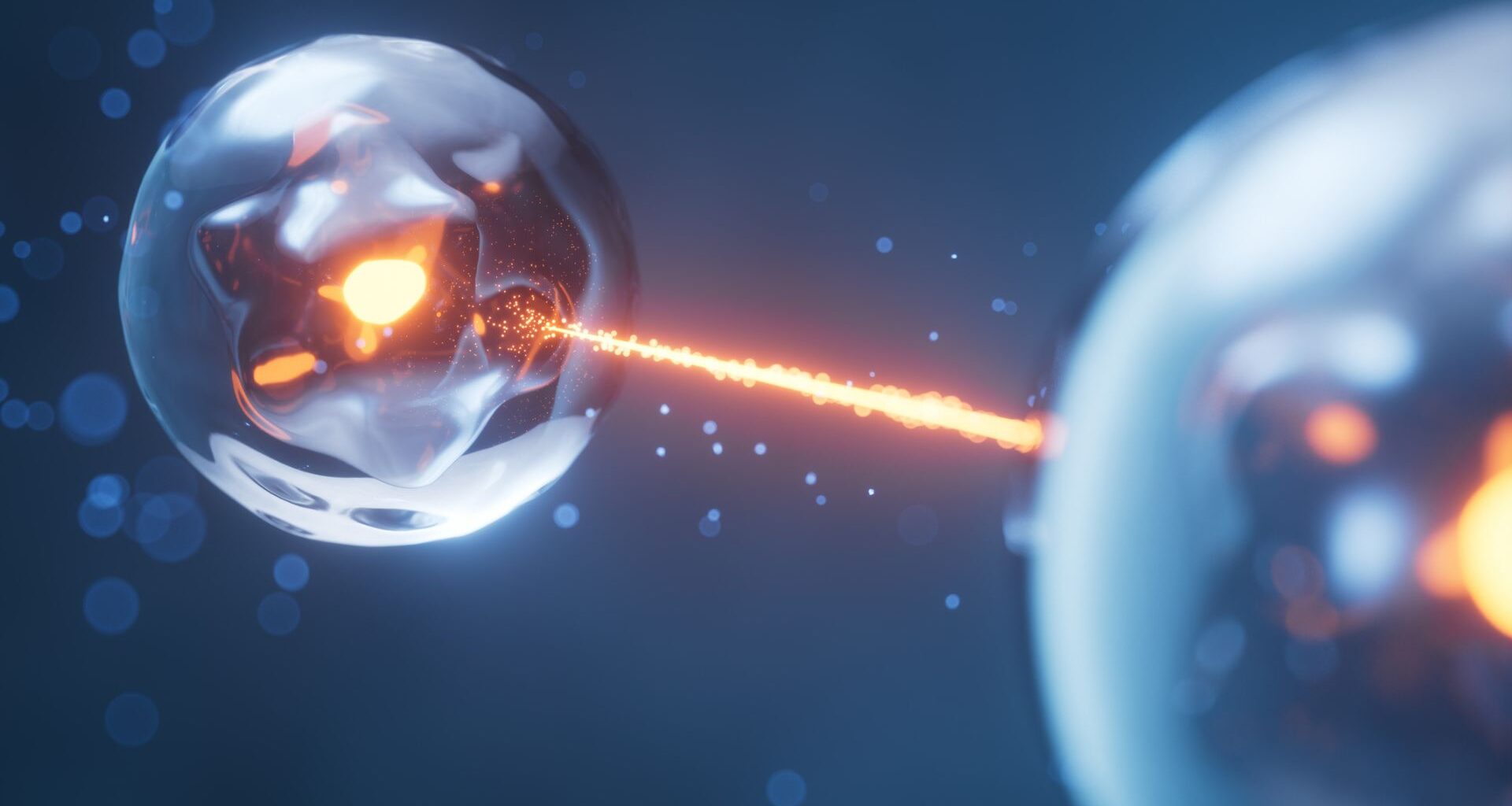A team of researchers has developed an interesting optical method to study the formation of the electrical double layer (EDL) in liquids.
EDLs are invisible electrical interfaces that are of great importance. They regulate how energy is stored in batteries and capacitors, how cells communicate in the human body, and how water moves through soil and membranes.
An in-depth understanding of EDL dynamics is important for the development of faster-charging batteries, more efficient capacitors, and improved biomedical devices that rely on ion exchange.
However, scientists have long struggled to observe how EDLs actually form. This is because it happens unbelievably fast, in less than a trillionth of a second.
“Until now, it has not been possible to study the exact processes involved in the formation of the double layer,” Mischa Bonn, one of the study authors and a professor at the Max Planck Institute for Polymer Research, said.
Studying EDL using light
When a negatively charged surface of a metal electrode comes in contact with a liquid, it begins to attract positively charged ions from the surrounding liquid, forming a thin, compact layer right next to it.
However, the story doesn’t end there. This build-up of positive charge creates an imbalance, triggering the formation of a second layer of negatively charged ions just behind the first to neutralize the system.
This combination of two closely packed layers of opposite charges—one on the surface and one in the liquid—is what scientists call an electrical double layer. Since conventional electronic measurement tools lack the temporal resolution required to capture EDL, the researchers employed a unique light-based approach.
They began by adding acid to water, which increases the concentration of positively charged ions (H₃O⁺) in the solution. These ions naturally migrate to the water’s surface, forming an EDL by aligning opposite charges across the interface.
To disturb this delicate balance, the team used an intense infrared laser pulse to heat the surface, causing the H₃O⁺ ions to move away temporarily. Next, they directed additional laser pulses at the surface after specific time delays and measured the reflected light.
By analyzing these reflections, they could track how quickly the ions returned to the surface, re-establishing the EDL. This approach allowed them to observe the dynamics of EDL formation in real-time, providing insights into processes that were previously too fast to measure.
Limitations and future implications
The authors further validated their results using computer simulations, which confirmed that electric fields drive EDL formation even at high ion concentrations.
While this technique marks a significant advancement, it does have limitations. The experiments were conducted under controlled laboratory conditions. Additionally, the method currently focuses on specific ion types and concentrations.
However, despite these limitations, the implications are vast. According to the researchers, “EDL is critical in electrochemical capacitors and transistors, on-water chemistry, and bioelectric technologies.”
Therefore, a clear understanding of the process that leads to its formation will allow scientists to improve various technologies ranging from batteries and medical devices to sensors and electronic circuits.
Future studies could further improve our understanding of EDLs and enable us to harness their full potential.
The study is published in the journal Science.
